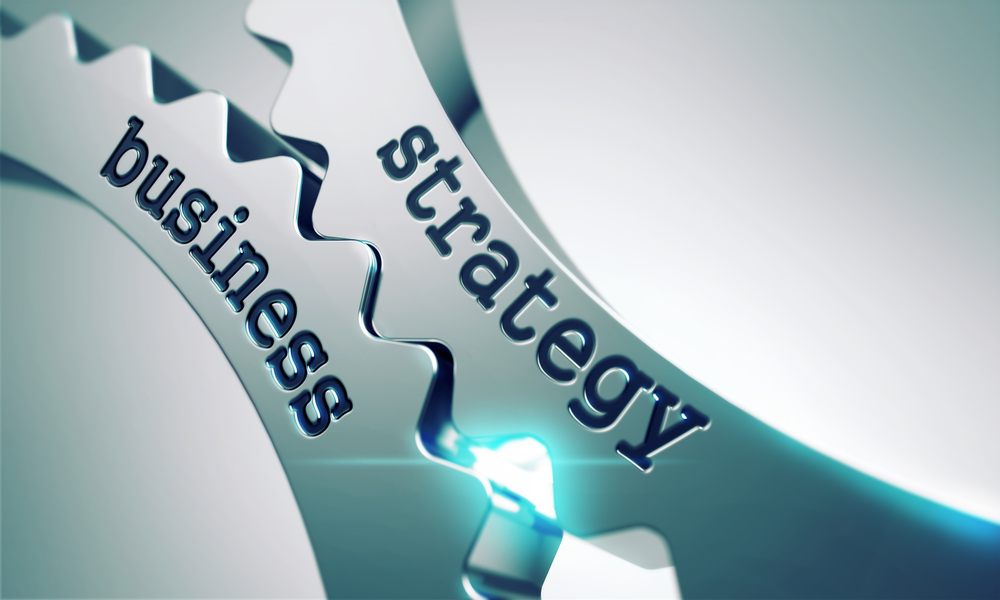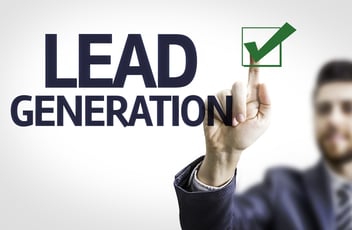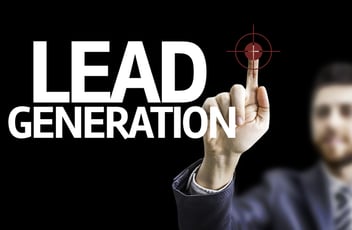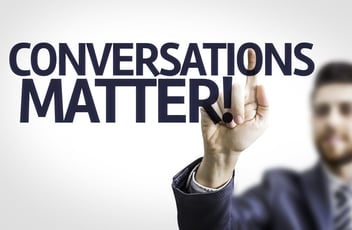Marketers are usually adept with marketing terminologies and have a good understanding of marketing processes. But if you’re starting out in the industry and haven’t had any formal education in marketing, this article might be of help to you.
Sure, you’re probably feeling like you are out of your depths but that’s why we’re here. We can help. To start off, let us tell you about Lead Generation, and then we shall proceed with a proper description of a good lead generation strategy.
But first, let’s tackle definitions.
What is a Lead Generation Strategy?
Lead Generation is the process whereby a company fills its sales funnels with people who are likely to purchase their product or avail of their services. Inbound lead generation is a process of drawing people into your brand, by subtly guiding them and pushing them to make a purchase.
To do that well, requires implementing a strategy. And the better the strategy, all the more delightful the results.
These strategies are developed through a series of steps including setting of marketing goals, marketing audits, market research, analysis of research, determination of target audience, forecasting of budget, development of marketing strategies, coming up with an implementation schedule, and then monitoring/evaluation of results.
For a while now, popular lead generation strategies include blogs, videos, eBooks, and content downloads, to name a few.
These are all easy to understand and sound very doable. But then how does one really begin the process of coming up with a lead generation strategy? What makes up an inbound lead generation strategy? What are the foundations of a good inbound lead generation strategy and why do you need an inbound lead generation strategy in the first place?
We’ll cover all that in the next section!
What Makes up an Inbound Lead Generation Strategy?
A strategy pertains to the overall game-plan. A company’s strategy greatly influences its gains and losses at a given period of time.
The topic at hand being inbound lead generation strategy, it is then expected that this particular lead generation strategy follows the stages of an inbound methodology: Awareness, Engagement, and Delight stages.
In lead generation, these stages expand a little and are composed of the following stages: Attract, Convert, Close, and Delight.
In the Attract Stage of Lead Generation, the primary goal is to draw people to your product. This is where you heighten people’s awareness of your brand and the products you sell or the services you offer. Activities that transpire within the Attract Stage include the most common lead generation strategies such as blog content and social media pages that feature regular helpful information.
Without customers realizing it, you make them warm up to your brand. This is where you provide value through the publishing of helpful content which registers you in people’s minds as more of a reliable source instead of a website that sells this or that.
Next is the Convert Stage. This is the stage that immediately succeeds your blogs or social media pages. If you are successful at attracting random page visitors, if they perceive your content valuable enough, you can rest assured that they will reach this stage.
From links in your social media bios, you gently and subtly guide them into your landing page where you can position a button or a drop box that transforms into a form that will register their information. And voila! You get to fuel another one of your funnels (link this to Flywheel Model Blog Article). It may also be worth mentioning that the information they leave in these forms after clicking on your calls-to-action button which may include downloading eBooks or other materials that may be valuable to your target audience go to your email list which is your company’s most valuable asset as this email list has the information of the people who have exhibited interest in your product or your service.
When they move past the filling of information part, they reach the Close Stage. This is where the leads translate into sales. That might sound too simple but in many cases, you will see that it will take a lot of time and great effort for a lead to make a purchase. This is where your lead scoring comes in, you measure your leads to find out which have the highest tendency to make a purchase.
A good tip at this stage? LISTEN. The Close Stage is where email marketing can be utilized. When we say you have to listen to your leads, it means that you have to qualify them, find out which of them best fits your buyer persona, and if they fit, you tailor your email message so it would resonate more to them, and gently guide them to make the purchase.
Last, is the Delight Stage. This is what happens after a lead has turned into a sale. From the earlier stages where the goal was to guide them into making a purchase, in the Delight Stage, you make efforts to ensure that they remain a loyal customer. How do you do this?
You do this by continuously sending out emails with the goal of informing them about upcoming sales, sharing links to blogs where they can continue learning about the product and why it is the best out there. And at the same time, give them the opportunity to make their opinions heard through your survey forms. Yes, survey forms are normally utilized in the Delight Stage, too.
These are the stages that you should use as a pattern for whatever inbound lead generation strategy you can come up with. These steps are generally what makes up an inbound lead generation strategy.
Final Take on Why Do You Need an Inbound Lead Generation Strategy
By now we’re sure we have already given you a clearer reason why do you need an inbound lead generation strategy. An inbound lead generation strategy will support your inbound marketing goals.
We all know this by now, in this era, inbound marketing is the type of marketing that drives home great results. It only makes sense that we implement supporting strategies to make the overall inbound marketing strategy a success.
Take the first step towards growing your business. Learn more about inbound lead generation by downloading and reading our eBook today!

 Lead Generation Strategies (Part I)" loading="lazy">
Lead Generation Strategies (Part I)" loading="lazy">


